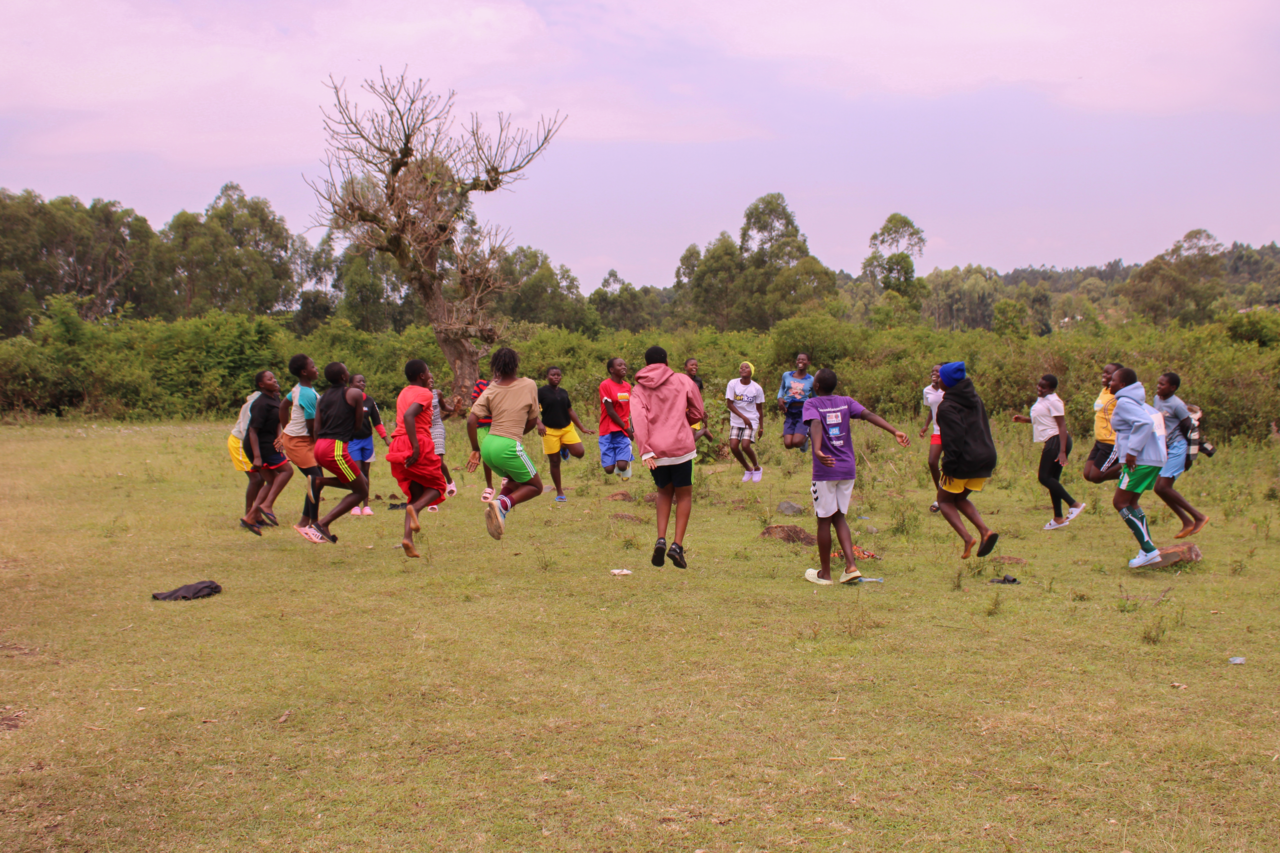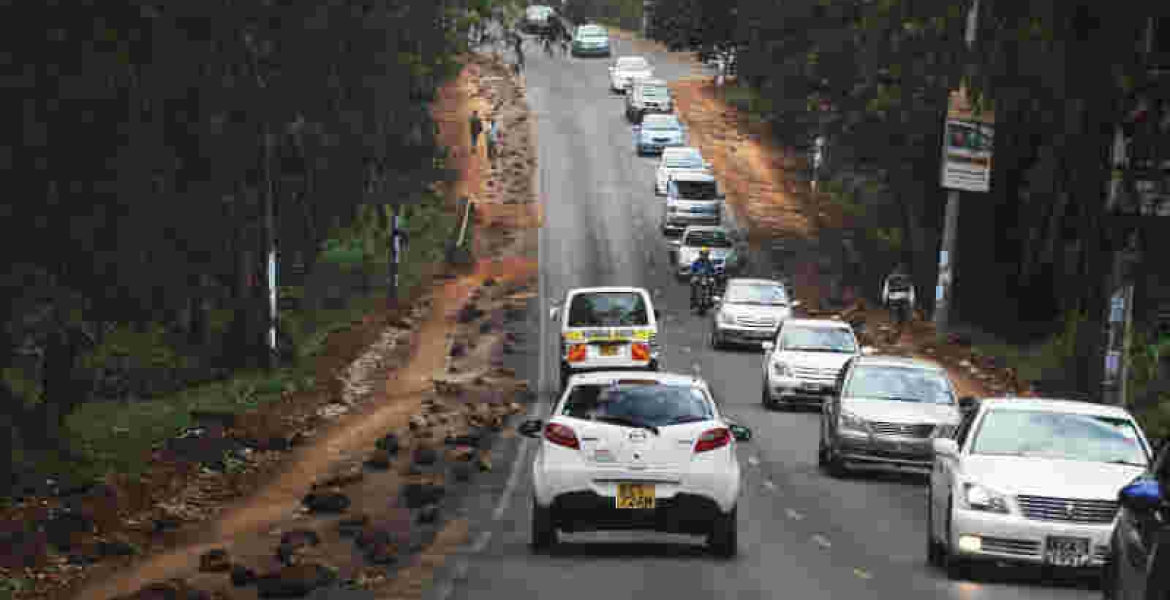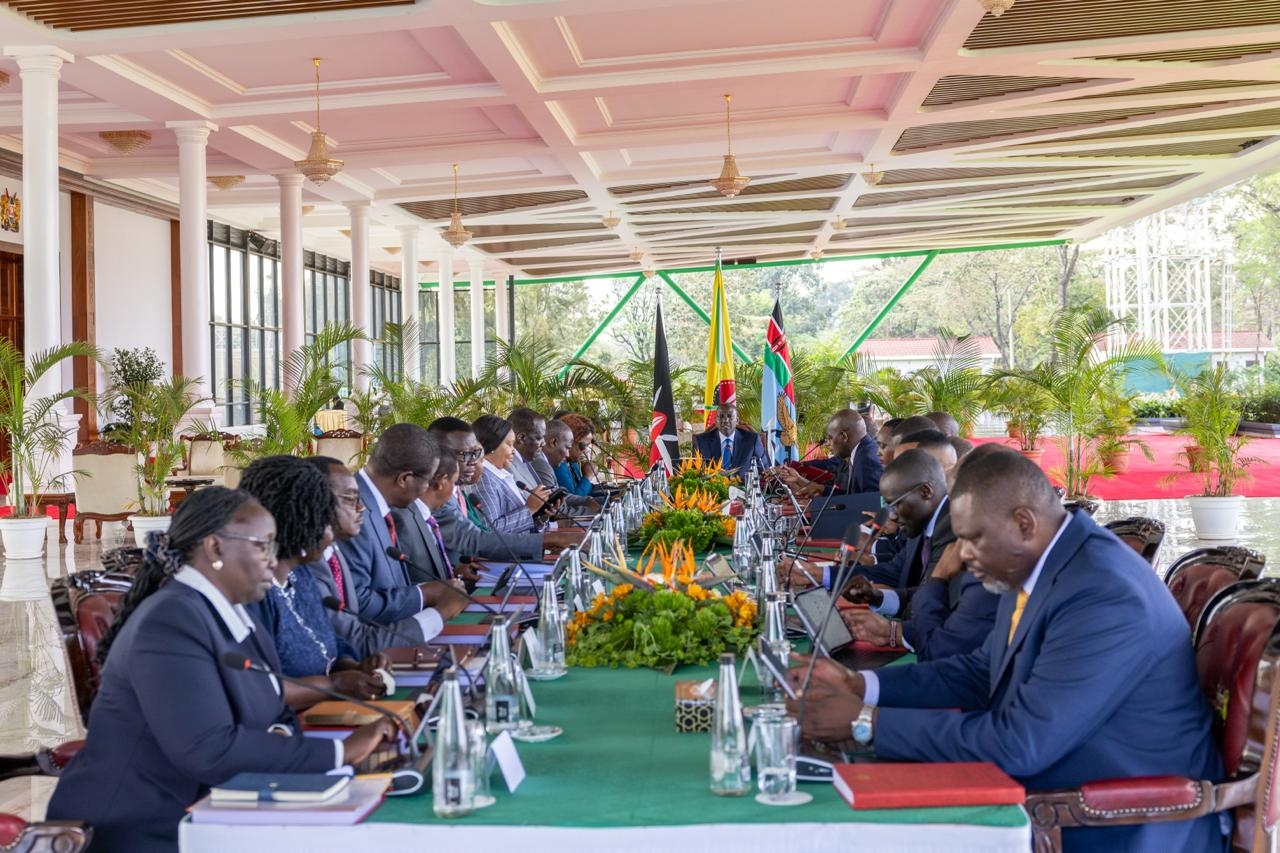

In Marienga Village, the sound of players running across a dusty, dry field fills the hot air.
Coach Enock Mideva calls out instructions to his players while observing from the sidelines. But football isn’t the only thing that goes on here. Every practice and every game is bringing about a social change.
Last year, the county reported 1,724 teenage girls had already begun antenatal care in just the first quarter.
This record-breaking tally prompted a coordinated response locally known as the Migori Model, championed by teachers, health workers and a football coach.
“When we first started the Harvard Ladies team, parents would ask me, ‘Why are you wasting our girls’ time?’” Mideva remembers, looking proudly at his players.
“But they see now. They observe self-assurance and self-control. They observe that their daughters are learning more than just football.”
The real transformation occurs in the huddles before practice and the open conversations that continue long after.
On the sidelines, girls confide in the coach and each other about private issues: questions about their bodies, pressures from boyfriends, fears they cannot discuss with their parents. This field has become a sanctuary of trust.
“The pitch keeps them busy and safe, especially on weekends and during school holidays, when they are most vulnerable,” he said.
“They have a purpose instead of wasting time that could cause problems. They avoid the circumstances that frequently result in adolescent pregnancy because they work together as a team.”
This holistic support is bolstered by partner organisations that provide essential resources, such as sanitary pads during youth tournaments, coupled with crucial teaching on sexual and reproductive health. It’s a comprehensive approach where sport, mentorship and vital education intersect.
DIFFERENT CLASS
A few kilometres away from the pitch, another transformation hub stands tall. The classroom serves as the strategic command centre of the community effort. The bell for evening games time at Osingo Mixed Secondary School has rung, but Bonface Wasonga’s classroom is still full. The subject is life itself, not math or English.
Bonface skillfully incorporates sexual and reproductive health education into his lessons as a teacher and mentor who has received training from the Kenya Poverty Elimination Network, the main NGO that oversees the SRHR campaign in Migori.
This multi-sectoral strategy is what gives the model its strength. KPEN connects and trains important community leaders like Mideva and Wasonga, guaranteeing that a consistent message reaches youth from all directions.
“It was a taboo topic prior to the training,” acknowledges Wasonga.
“When a student inquired about their body, we teachers would blush and shift the subject. We contributed to the issue. In addition to providing him with information, his training taught him how to approach delicate subjects by establishing a private, secure environment, encouraging candid conversation and employing analogies.
His impact is palpable. “Mr Wasonga doesn’t judge us,” says Aroko Joyprine, a student at Osingo Secondary.
“We can ask him anything. He taught us that what we were going through was normal. It has given me the confidence to say no to things that would derail my future.”
The safety created is directly responsible for this increased self-assurance in the classroom. The same lesson from her teacher is reinforced when a girl hears a message of bodily autonomy from her coach. This creates a strong, cohesive chorus that muffles the damaging whispers of shame.
TAKING IT HOME
Even with the support of their teachers and coaches, young people still encounter their greatest challenge: the pervasive cultural silence at home.
An army of community health promoters (CHPs), the front-line diplomats, is responsible for bridging this gap.
Uriri subcounty youth advocate Cyrine Ochuodho says the biggest challenge was the cultural barrier.
“According to some elders, we were encouraging promiscuity,” she says. “We would be chased away by men. However, they take a respectfully persistent stance.”
Joseph Opiyo, a community health assistant in the same area, has seen the devastating cost of that silence firsthand.
“Before this programme was introduced, we had a high number of youths getting pregnant,” he says, his voice grave.
“This pregnancy resulted from a lack of knowledge. And it wasn’t just pregnancy. Many resorted to unsafe, non-medical abortion. They ended up losing their lives or suffering permanent deformities.”
The CHPs, trained by the Migori Model partners, work door-to-door, patiently explaining to parents that knowledge is not a catalyst for promiscuity but a shield against tragedy.
“Nowadays, we approach school-going and out-of-school youth with this information, and the parents themselves have embraced it,” Opiyo says. “They have realised it is important.”
This bridge between the community and formal healthcare is critical. Fancy Odundo from Nyarongi village is one of the clinical champions who ensure that when a young person finally musters the courage to seek help, the system does not fail them.
“We had to train our staff to be adolescent-friendly. No scowls or reprimands. Only compassionate, expert care,” she says.
“The teachers’ and CHPs’ recommendations have changed everything. The operational foundation of the model is this closed-loop system in which a coach determines a need, a CHP advises the family and a clinic offers respectable care.”
JOINT STRATEGY WORKING
KPEN monitoring officer Robert Onyango keeps a close eye on the accomplishments of this concerted effort. The data tells a powerful story, he says.
“Over the past two years, we have seen a notable decline in the number of reports of teenage pregnancies among school-age girls in the areas where this multi-sectoral approach is in place. School dropout rates have also decreased,” he says.
But the most profound impact is
etched not in spreadsheets but in the transformed relationships within homes.
Opiyo shares a story that illustrates this shift. A young girl, armed with knowledge from CHPs, confidently approached her mother to discuss the reproductive health challenges she and her peers were facing.
This open dialogue, once unthinkable, marked a monumental change.
“The mother was so moved, she became an advocate herself,” the community health assistant says.
“She stood up in a community meeting and declared how vital it is to talk openly with our children. She said that this information is what protects them and secures their future.”
This story, from a family in Uriri, is a testament to how the programme does more than prevent crises; it builds trust, opens lines of communication and turns parents into allies, breaking a generational cycle of silence.
Building on this success, the architects of the Migori Model have a clear-eyed vision for the future. Opiyo suggests increasing the number of youth rallies, especially during school holidays, to reach as many young people as possible.
Furthermore, he advocates for a lasting infrastructure of care.
“If the programme can also accommodate more youth-friendly services at different health facilities in the county, the youth can walk in, get services and information and have continuity,” the community health assistant says.
His most critical recommendation is to scale the human network at the core of the model.
“We need a good number of community health promoters trained on the same, so they can provide information as they visit households, capturing the details of these adolescents and linking them to care,” Opiyo says.
The story of Migori county is being rewritten. The silent shame that once forced young girls into shadows is being replaced by a shared hope, echoed in a teacher’s classroom, a health promoter’s whisper and a coach’s rallying cry.
The Migori Model is more than a
programme; it is a powerful blueprint, proving that the most intractable social
challenges require a tapestry of champions woven together at the grassroots.
In Migori, a conversation, a lesson, a clinic visit and a game are not just isolated events. They are the steady, determined heartbeat of a community choosing a different, brighter future for its children. One where every adolescent has the knowledge, the safety and the opportunity to thrive
The victory is not yet complete, but the hope, once a fragile secret, is now a collective roar.


















